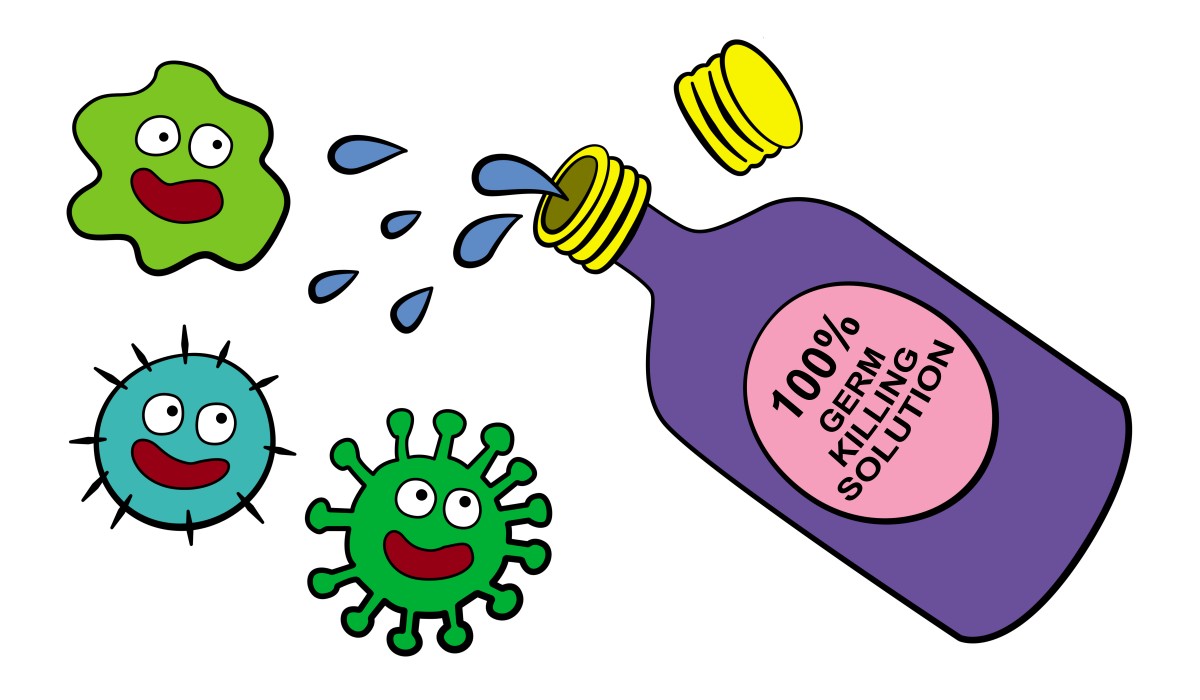
Good thing I have well-mannered friends, otherwise I’d have to keep this dispatch in mind during my next party! Bon Appetit has done a recent deep dive into the real science behind double dipping. The act of dunking, say, a corn chip into a bowl of salsa, biting off the dipped part, and then going back for more with the saliva-bedecked Tostito is all well and good if you’re on your own. (Add a rainstorm outside and a good book, and that’s what I call a perfect afternoon!) But at a shindig with others, it’s a recipe for rudeness – if not bacterial transmission.
The article cites a study from Clemson University, in which the students involved first dipped bitten crackers in plain water, then in water where the pH was lowered to mimic the acidity of common snack dips. The bitten cracker delivered about 1000 more bacteria per millilitre of water than the control (unbitten) cracker. When a bitten cracker was dipped into the acidic water, the initial measurements were similar, but some of the bacteria were killed off by the acid over a two-hour wait.
“Lastly, the focus shifted to various dips: salsa, chocolate syrup, and jarred cheese dip, each differing in pH and viscosity. The researchers found that when ‘clean’ crackers were used, the dips harbored negligible additional bacteria. However, after being exposed to a double-dipped cracker, the amount of germs harbored in each dip also differed: Salsa accumulated approximately five times more bacteria than the chocolate and cheese dips. And two hours later, the bacterial counts in the salsa reduced to levels similar to the other dips.
This can be explained by a couple of factors: A thin dip like salsa is more likely to drip from your bitten chip back into the communal dip, dragging your lurgies along with it. ‘In a thicker food the bacteria are going to be more immobilized and not spread throughout the dip,’ [food scientist Dr. Donald] Schaffner says. But salsa is also more acidic than the others, obliterating some of the bacteria over time.”
Bacterial levels in dips can also be affected by what kind of bacteria your double dipper has in their mouth, how much of it, and the temperature at which the dips are served. Having the details laid out in black and white by such a simple experiment is quite illuminating. It seems this time-honoured point of etiquette has a scientific basis. Even if it didn’t I’d still single dip at parties – but in my own home, that salsa is mine!